Understanding operational 5G: a first measurement study on its coverage, performance and energy consumption
The Morning Paper
OCTOBER 4, 2020
Understanding operational 5G: a first measurement study on its coverage, performance and energy consumption , Xu et al., What is the end-to-end throughput and latency, and where are the bottlenecks? energy consumption). Throughput and latency. SIGCOMM’20. The 5G network is operating at 3.5GHz).


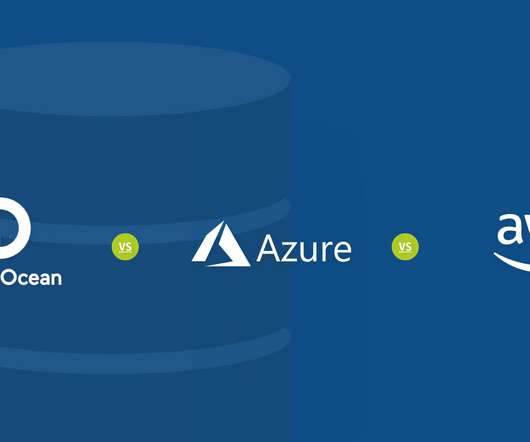










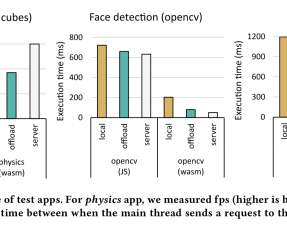
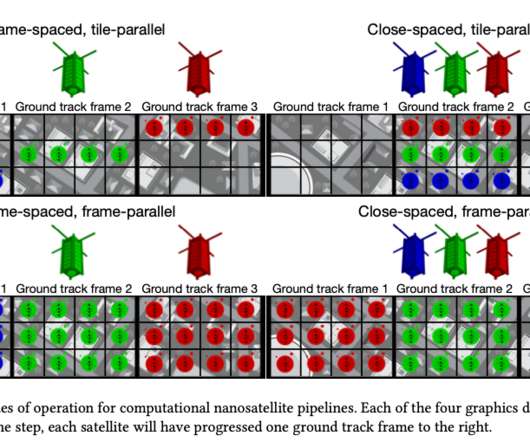

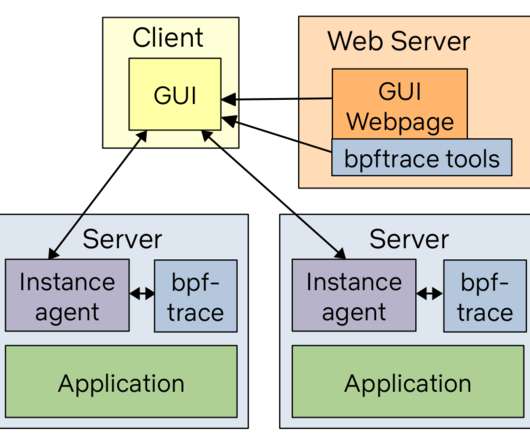
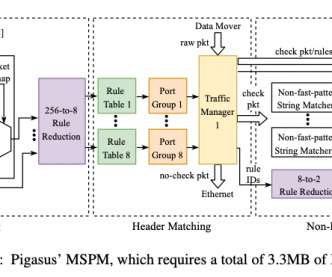




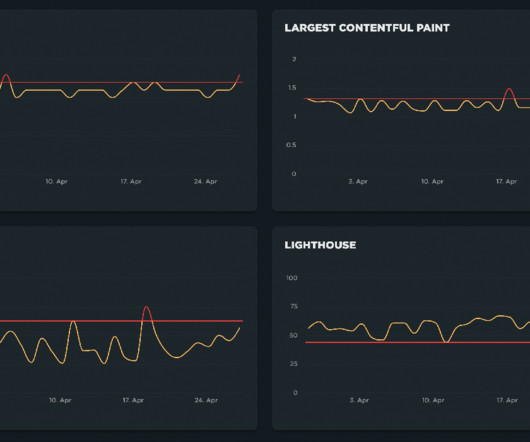













Let's personalize your content